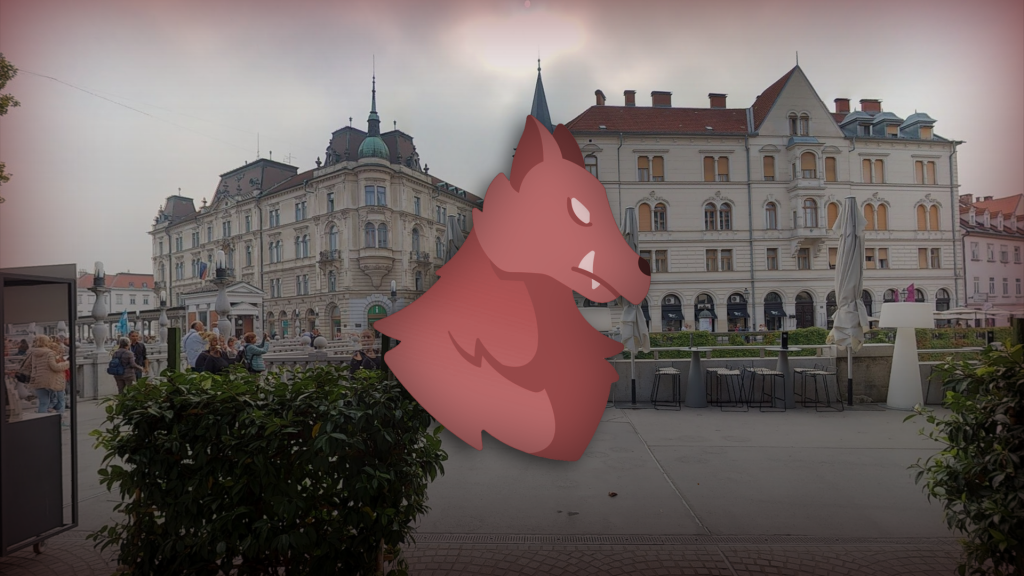Final Project – Werewolf
Posted: December 14, 2018 Filed under: Final Project, Uncategorized Leave a comment »For this final project, many aspects changed over its development. Initially, I started work on a voting sort of game. I wanted everyone experiencing to have an app loaded to their mobile device written in ReactNative, then proceed to each have an interface to participate in the game. Essentially I would find through research that I wanted to create what is known as a Crowd Game.
Further reading: http://stalhandske.dk/Crowd_Game_Design.pdf

Through much of my development time, I worked with the concept of a voting game and how to get people to form coalitions. Ultimately, I found it difficult to design something around this concept, because it was difficult to evoke strong emotions without serious content or without just having the experience revolve around collecting points. Shortly before the final few days of development, I had the idea to completely change and base the experience on the party game known as Mafia or Werewolf (Rules example: https://www.playwerewolf.co/rules/). This change better reflected my original desire to have a Crowd Game, but with added intimacy and interaction between the players themselves, as opposed to with the technology. If people are together to play a game, it should leverage the fact that the people are together.
Client / Mobile App
– Written in React.js (JavaScript) using the ReactNative and Expo Frameworks. Excellent choice for development, written in a common web language for Android and iOS, able to access system camera, vibration, etc. https://facebook.github.io/react-native/ https://expo.io/
– Unique client ID. Game Client would scan and display QR codes so players can select players to kill automatically from distance with consensus. Also randomly assigns all rolls to players.
– Expo allowed me to upload code to their site and load it to any device. A website serving HTML/JS would be easier to use if one did not intend to use all the phone functions.
– This part of development went smoothly and was fairly predictable with regard to time sink. Would recommend for use.
Isadora
– Isadora patch ran in the Motion Lab. Easy to setup after learning software in class.
– Night/Day cycle for the game with 3 projectors.
LAN Wi-Fi Router
– Ran from laptop connected to Server over ethernet. Ideal for setups with need for high speed/traffic.
Game Server
– Written in Java, by far the most taxing part of the project.
– Contains game logic, handling rounds, players, etc.
– Connects to clients via WebSockets with the Jetty library. I could get individual connections up and running, but it became a roadblock to using the system during a performance because I could not fix the one-to-many server out-messages.
– This had a very high learning curve for me, and I would recommend that someone use a ready system like Colyseus for short-term projects like this final. http://colyseus.io/ https://github.com/gamestdio/colyseus
During the final performance, I only used the game rules and Isadora system setup in the Motion Lab, but I feel as though people really enjoyed playing. Certainly more effective than the first game iteration I had, even with the technology fully working. My greatest takeaway and advice I would give to anyone starting a project like this, would be to just get your hands dirty. The sooner you fully immerse yourself in the process, the sooner you can begin to see all it could be.